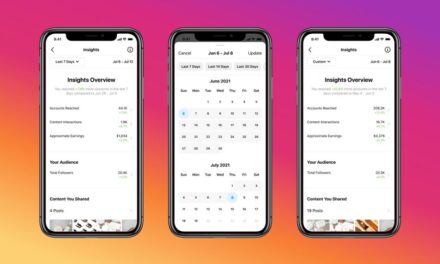Repost from: https://www.martechadvisor.com/articles/ads/ott-audience-measurement-its-going-to-be-hard-but-worth-it/
Half of all U.S. households stream over-the-top (OTT) content to their TVs for approximately 100 minutes every day. But despite OTT’s growing share of the media landscape, OTT content is still poorly monetized due to the lack of precise measurement across connected devices within households.
Understanding cross-device connectivity allows advertisers to invest in the channels and creatives that ultimately lead to higher engagement metrics, brand recall and purchase intent. By accounting for the relationship between mobile devices and TVs, advertisers understand the true reach and frequency of their audience which in turn increases revenue and eliminates waste.
Today’s solutions for OTT measurement are flawed. Relying on deterministic data to associate connected TV IDs to other personally identifiable information simply does not work because the scale is limited. Connected device accounts are also shared, meaning ads targeted according to account data could be reaching multiple family members in different households or an entire circle of friends. That’s not exactly the targeting capability that marketers are demanding.
At present, many vendors in the cross-device space are pretending to have a much better handle on OTT addressability than they actually do. Reliably identifying individuals across their many devices is not a simple endeavor. Layering on OTT makes it infinitely harder. Quite frankly, the industry isn’t where it needs to be yet. In an OTT environment, where consumers bounce from app to app, there’s not yet a common identifier that ties those viewing habits together on a single device, let alone across multiple operating systems. This makes campaign optimization across viewing experiences virtually impossible.
OTT pushes a lot of vendors out of their comfort zones. Companies that have long relied on cookies and pixel tracking for their cross-device matching are now trying to tie OTT environments into their capabilities. Unfortunately, OTT device interactions with servers occur almost entirely within cookie-less environments. Many are turning to IP matching as an alternate means of syncing up audiences. But given the fact that IPs are dynamic, this simply isn’t sufficient for achieving the type of one-to-one connections that advertisers increasingly demand.
Only by linking cross-device IDs with OTT video viewing can advertisers hope to have a full view of the consumer journey across all channels, including desktop, mobile, tablets and TVs. By considering this audience behavior in all of its parts, as opposed to fragments, it allows advertisers to better understand the individual experience, and thus tailor creative according to individual preferences the way it is done in digital.
Properly accounting for the OTT channel requires probabilistic matching in order to get down to the level of the household. Marketers must strive to understand the linkage between devices in order to better understand their audiences and the interplay between desktop, mobile, and OTT. None of this is easy – and don’t trust a company that says it is. But truly harnessing the OTT channel for improved marketing is going to be worth the hard work.
Marketers today need to precisely measure the overall effectiveness of their campaigns. To understand true ROAS marketers must understand how many times a person – not a random identifier – is being exposed to their messaging. For OTT content, we expect to hear a growing demand for improved understanding and application of audience identification.















